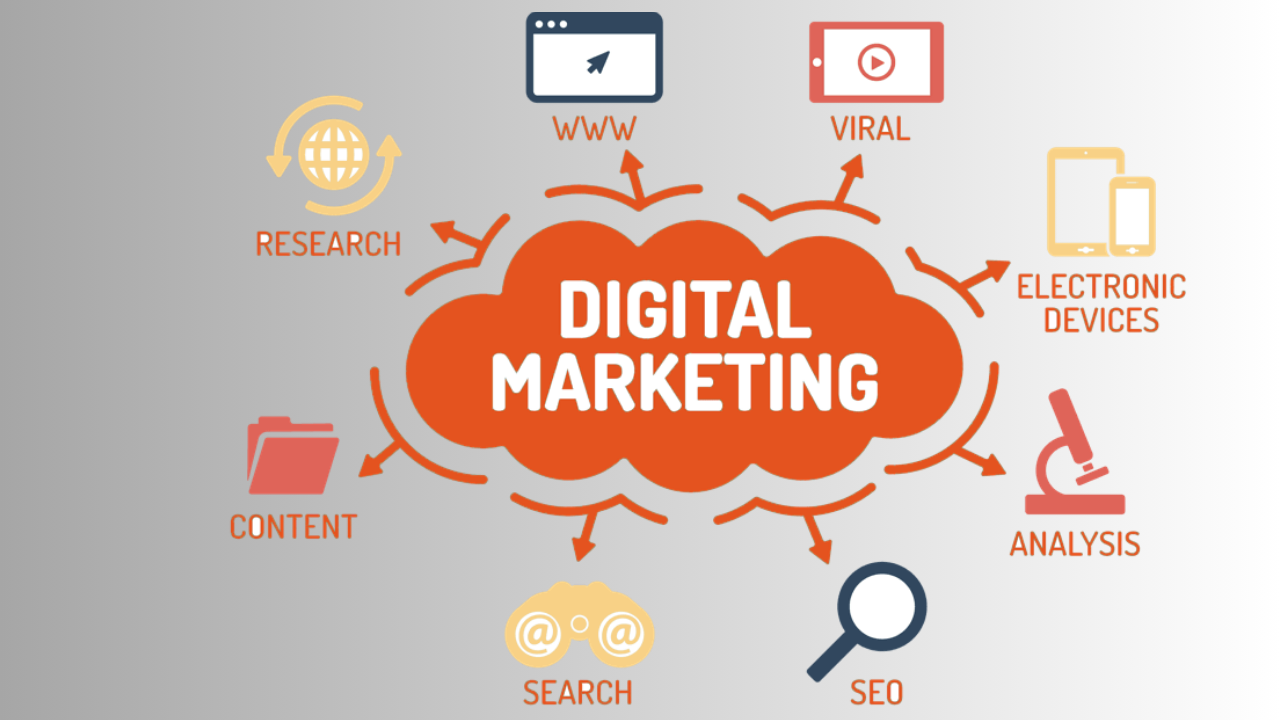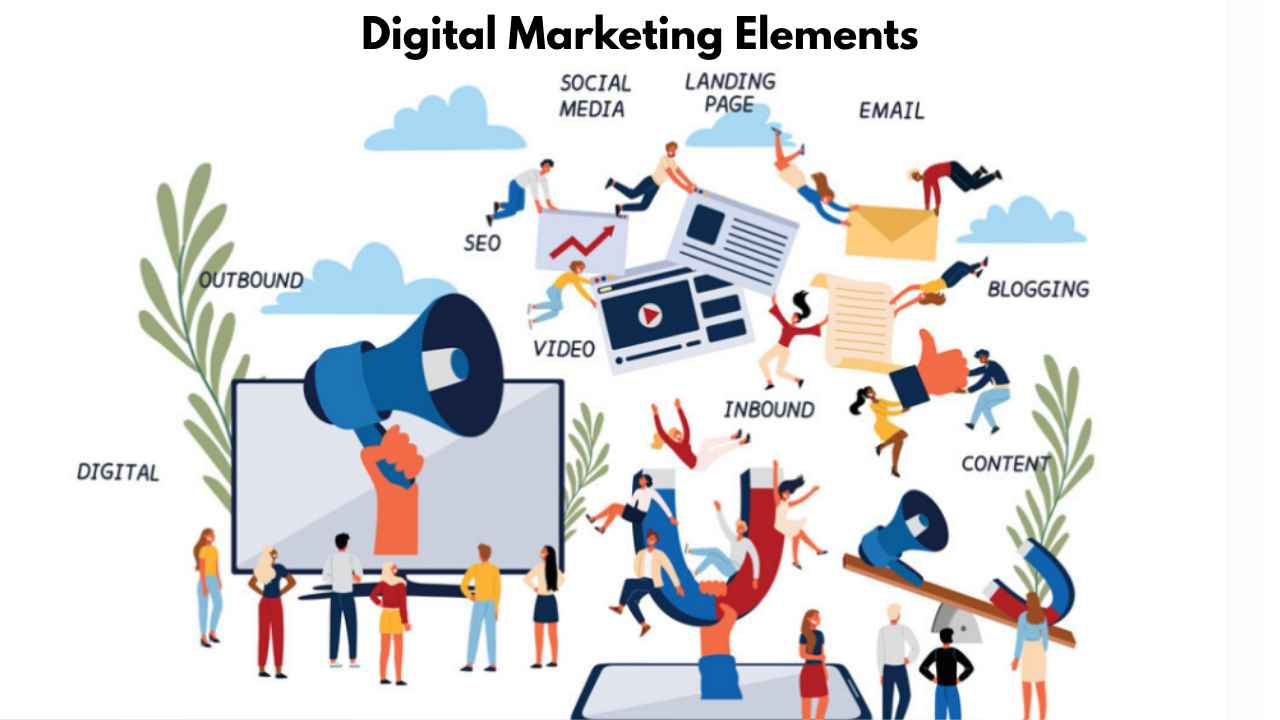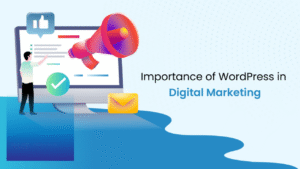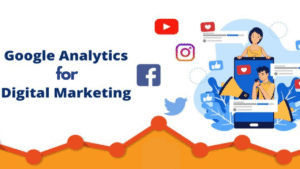Let’s face it in today’s fast-paced online world, just writing a blog post isn’t enough. If you’re not weaving in Digital Marketing Elements, you’re likely writing to the void. A blog needs to be more than just words on a page. It has to be smart, strategic, and structured to attract, engage, and convert.
So how do you turn a simple blog post into a Digital Marketing Elements machine? Let’s break it down, step by step.
Know Your Audience Before You Write
Here’s the deal: if you don’t know who you’re writing for, you’re shouting into a crowded room with no one listening.
Before you type a single word, ask yourself:
Who is my ideal reader?
What problem am I solving?
What action do I want them to take?
Knowing your audience helps shape tone, language, topic depth, and even the length of your post.
Nail the Headline It’s Your First Impression
Think of your headline as the front door of your blog post. If it’s not attractive, no one’s coming in.
A killer headline:
Includes a primary keyword
Sparks curiosity or promises value
Stays within 60 characters so Google doesn’t chop it
Examples that work?
“10 Proven Strategies to Skyrocket Your Website Traffic”
or
“Mastering Digital Marketing Elements: The Secret Sauce to Blog Success”
That’s the click-magnet you need.
SEO Optimization: Be Found, Not Forgotten
You don’t need to be an SEO wizard just follow a few smart rules:
Use a primary keyword in your title, first 100 words, one subheading, and conclusion
Add secondary keywords where they fit naturally
Optimize the URL slug (keep it short and clean)
Don’t forget your meta description and image alt text
Remember, SEO is about making it easier for both search engines and people to find you. Win-win.

Introductions That Pull People In
Nobody likes a boring start. Your intro should immediately tell the reader:
“Yes, this post is for YOU.”
Start with a relatable problem, a surprising fact, or a bold statement. End the intro by promising the solution and deliver on it.
Subheadings: The Unsung Heroes of Readability
Online readers don’t read they scan. That’s where subheadings come in.
Good H2s and H3s break content into bite-sized chunks and keep people scrolling.
Pro Tip: Use subheadings to sneak in relevant keywords without forcing them.
Think of them like mile markers on a road trip. They guide, organize, and make the ride smoother.
Visuals Matter: Don’t Just Tell Show
Images, infographics, GIFs they all help break up text, increase engagement, and support your message.
But don’t forget to:
Compress images for fast loading
Use descriptive file names
Add SEO-friendly alt tags
A blog without visuals is like toast without butter still good, but not memorable.
Internal & External Links: Build Your Content Web
Want to keep readers on your site longer? Drop internal links to related blog posts or service pages.
Want to add credibility? Link to reputable external sources.
Google loves a well-connected blog. So do your readers. It’s like offering them a content treasure map.
Content That Actually Helps (No Fluff, Please)
Forget filler. Today’s readers are smart and impatient. They want value fast.
Your blog post should:
Answer real questions
Offer actionable tips
Be backed by data or experience
Sound human not robotic
Talk to your reader like you’re helping a friend over coffee. That’s the tone that sticks.
Call-to-Action: Don’t Leave Your Reader Hanging
The CTA is your blog’s closer its mic drop. Whether you want the reader to subscribe, download, book a call, or read another post make it clear.
Examples:
“Want more tips like this? Subscribe to our newsletter.”
“Need help with your digital marketing? Let’s talk.”
Never assume your reader knows what to do next show them.
Promotion: Hit Publish, Then Share Like Crazy
Publishing a great post is only half the battle. Digital Marketing Elements Now you’ve got to promote it.
Share it across your social media channels
Send it to your email subscribers
Repurpose it into Instagram carousels, LinkedIn posts, or short videos
Collaborate with influencers or cross-promote with partners
Think of your blog as a product launch not just a post.
Read More: All the Moving Parts: How Digital Marketing Channels Work Together
Conclusion
A successful blog post isn’t just written it’s built. From understanding your audience to optimizing every part for SEO and Digital Marketing Elements impact, each piece plays a role.
You don’t need to be perfect. You just need to be intentional.





